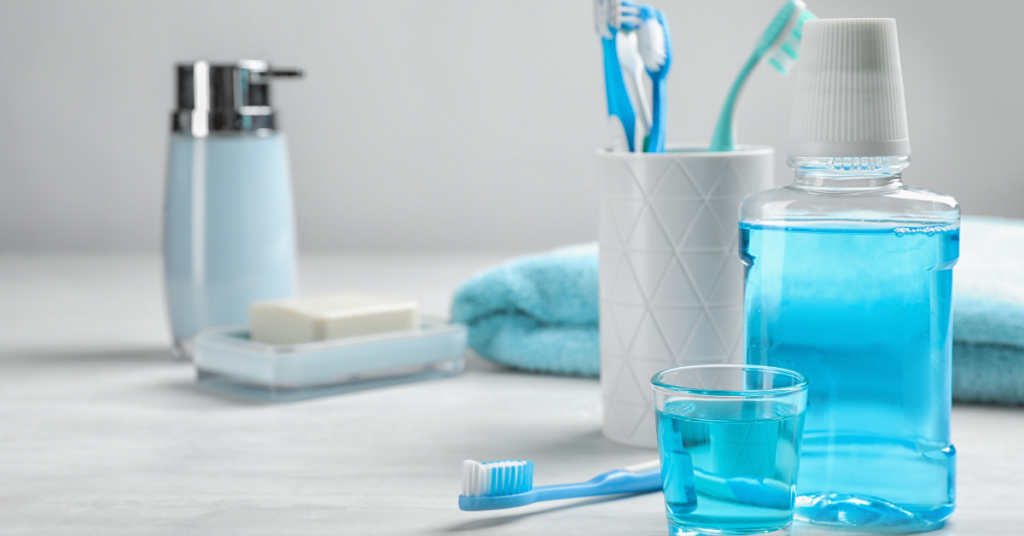
Introduction
Fluoride, a naturally occurring mineral, has emerged as a pivotal element in the realm of dental care. Its profound impact on oral hygiene has been extensively researched and validated, rendering it an indispensable ally in the quest for a radiant, healthy smile. This potent compound is crucial in fortifying the tooth’s enamel, the hard, protective outer layer that safeguards against the relentless onslaught of decay-causing agents.
The significance of fluoride in maintaining a robust and resilient oral cavity cannot be overstated. By harnessing its remarkable properties, dental professionals and individuals alike can bolster their defenses against the insidious threats that lurk within the mouth, ultimately preserving the integrity of their teeth for years to come.
Benefits of Fluoride

Fluoride’s preeminent benefit lies in its capacity to reinforce tooth enamel, rendering it more resistant to the corrosive effects of acids produced by harmful bacteria. This process, known as remineralization, is a fundamental line of defense against the formation of cavities and the progression of tooth decay. Fluoride acts as a catalyst, promoting the deposition of minerals onto the enamel surface, thereby fortifying its structure and restoring its impenetrability.
Furthermore, fluoride possesses the unique ability to reverse the early stages of tooth decay. When enamel begins to demineralize, fluoride intervenes by facilitating the reuptake of essential minerals, effectively reversing the damage and restoring the tooth’s pristine condition. This remarkable property underscores the vital role fluoride plays in preserving dental health and preventing the need for invasive treatments.
Additionally, fluoride serves as a potent barrier against dental sensitivity, a common affliction that can render even the simplest tasks, such as consuming hot or cold beverages, an excruciating ordeal. By enhancing the enamel’s resilience and sealing microscopic channels that lead to the tooth’s inner layers, fluoride effectively mitigates discomfort and improves overall oral comfort.
Sources of Fluoride

Fortunately, fluoride is readily available from a multitude of sources, ensuring that individuals can effortlessly incorporate it into their daily oral hygiene routines. Toothpaste, one of the most ubiquitous sources, typically contains fluoride in concentrations ranging from 0.15% to 0.24%. Mouthwashes, too, offer a convenient means of introducing fluoride into the oral cavity, providing an additional layer of protection against decay.
Moreover, many municipalities have embraced fluoridating their water supplies, a public health measure that has yielded remarkable results in reducing the incidence of dental caries. This cost-effective and widely accessible approach ensures that individuals consume a minute yet effective amount of fluoride with every sip of water, fortifying their teeth from within.
Fluoride Treatments

For those seeking an elevated level of protection or addressing specific dental concerns, dental professionals offer a range of fluoride treatments tailored to individual needs. Fluoride varnish, a highly concentrated form of fluoride, is meticulously applied to the tooth’s surface, forming a resilient barrier against acid attacks and promoting remineralization.
Fluoride gels, another potent treatment option, are designed to be applied topically or via customized trays, allowing for prolonged contact with the teeth and maximizing fluoride absorption into the enamel. These treatments are particularly beneficial for individuals at high risk of developing cavities or those with a history of excessive tooth decay.
Fluoride Safety
While the benefits of fluoride are undeniable, it is imperative to exercise caution and adhere to recommended guidelines to ensure its safe and effective use. Overexposure to excessive amounts of fluoride can lead to a condition known as fluorosis, characterized by discoloration or mottling of the tooth enamel.
To mitigate this risk, dental professionals and manufacturers provide clear instructions on the proper use of fluoride products, emphasizing the importance of adhering to recommended dosages and frequencies. Additionally, it is crucial to supervise children’s use of fluoride toothpaste, as they may inadvertently ingest excessive amounts during the brushing process.
Conclusion
In the ongoing battle against dental decay, fluoride stands as a formidable ally, fortifying the tooth’s defenses and safeguarding our smiles from the relentless assault of harmful bacteria and acids. By harnessing its remarkable properties, we can strengthen our enamel, reverse early signs of decay, and mitigate the discomfort associated with dental sensitivity.
From toothpaste and mouthwash to fluoridated water and professional treatments, fluoride is readily available through a multitude of sources, empowering individuals to take an active role in preserving their dental health. By embracing the benefits of fluoride and adhering to recommended guidelines, we can unlock the full potential of this natural wonder, ensuring a lifetime of radiant, healthy smiles.
Remember, a commitment to incorporating fluoride into your oral care routine, coupled with regular visits to your dentist, is the key to unlocking a world of optimal dental health and unparalleled confidence in your smile.
